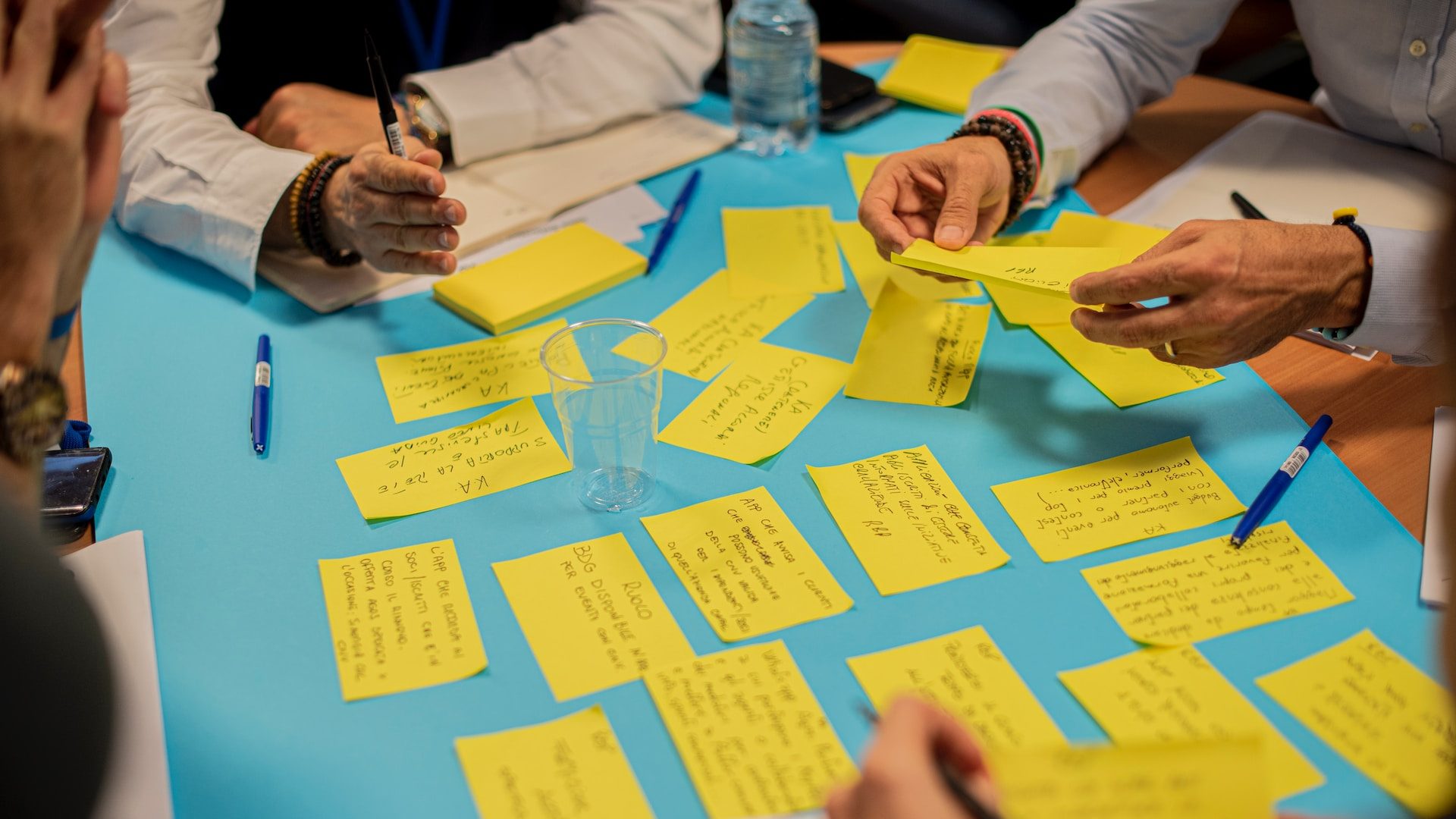BY SUE TOOMEY, HEAD OF COMMUNITY AND ENGAGEMENT
Today’s complex issues require not only strategic and collaborative philanthropy, but also a strong, supportive ecosystem to unlock its full potential.

At APC, we often discuss the power of philanthropy to bring about significant social impact, and to address some of Asia’s most pressing challenges. However, today’s complex issues require not only strategic and collaborative philanthropy, but also a strong, supportive ecosystem to unlock its full potential.
Yet, philanthropy ecosystems in Asia remain fragmented and under-resourced, with limited regional or local investment in strengthening and sustaining them.
In September, APC hosted a discussion on building the philanthropy ecosystem in Asia, convening members, global funders, and sector stakeholders. The discussion explored why ecosystem building matters, what kind of integrated solutions are needed, and how to maximise financial resources.
Of the different areas for development in the ecosystem, capacity (and talent in the social sector) ranks as the most important for participants, followed (in order) by credibility of the philanthropy sector, knowledge and research for evidence-building, and infrastructures for collaborative giving.
Key takeaways from table discussions where participants exchanged views on their priorities included:
- Mapping the philanthropy ecosystem is important for understanding the roles of each actor (regionally and locally), identifying gaps, and finding opportunities for collective action. Engagement within the sector during the process is itself valuable as an opportunity to build relationships and trust.
- Talent pipeline and capacity-building are important for strengthening the ecosystem and building capacity for the absorption of funding. Effective tools and in-depth programmes targeted at developing leaders are sorely needed in the philanthropy and social sectors.
- Research and data are important as a complement to strategy. Greater access to and the sharing of data are needed to support players to better understand prioritise emerging needs, and to bring research to action.
- Beyond strategic approaches to philanthropy, it is important to invest time to build relationships that form the basis of trust and credibility.
We also heard from several speakers focused on the practice of building the philanthropy ecosystem. Some key highlights from the sharing include:
- Nadya Hernandez, WINGS:
Mapping and Strengthening Philanthropy Support Ecosystems Across Asia
Asia is set for significant growth in local philanthropy, and will require strengthening in organisation, connection, and resourcing. There is opportunity for APC members, partners, and global funders to work with intermediaries like WINGS on implementing a mapping project of Southeast Asia’s philanthropy ecosystem in 2024, as well as a second phase on ecosystem strengthening initiatives. - Joyce Teo, Asia Community Foundation
Unlocking Giving in Asia and Creating Lasting Change
ACF was created by a group of philanthropists from APC to address the need for a regional platform to facilitate cross-border giving in Asia, and to promote purposeful giving by connecting donors with non-profit organisations they can confidently support. - Simon Herd, Myer Foundation
Anna Skarbek, Climateworks Centre
Bridging the Gap between Research and Action
Sharing their learnings from mapping the climate ecosystem:
- Start from a position of success and work backwards from there;
- When determining who you need at the table, you usually need a larger table;
- SDGs are more effective when solving for more than one at a time;
- The role of philanthropy is to fill in the gaps, find and show new ways of doing things.
- Neera Nandy, Dasra
Building India’s philanthropic infrastructure
Operating in India for the past 25 years, Dasra has grown to unlock $300m to support 600+ non-profit organisations. This growth was fuelled by driving collaborative action and launching giving circles to provide unrestricted funding to projects and research. Members were inspired by the vibrancy of India’s philanthropy ecosystem, with more young people coming into the sector.
